About Sapa
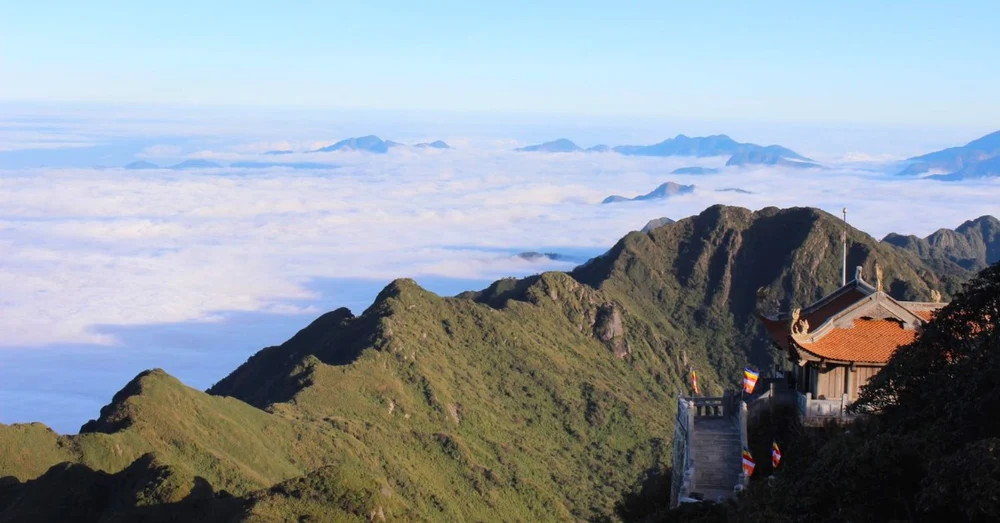
Belonging to Lao Cai province, Sapa (or Sa Pa) is a highland town in the district of the same name located in the Northwest – Vietnam. Sapa town is located about 1,500m to 1,800m above sea level, with the majority of residents being Kinh and ethnic minorities. Although it has only “stormed” social networks in recent years, Sapa has been evaluated by the French as a potential tourist center since the 40s of the last century. In Sapa, there are still imprints of the French elite in the past, such as the embassy, the Governor-General’s palace, the hydroelectric system and more than 200 classic villas, making every corner of this mountain town even more beautiful. poem.
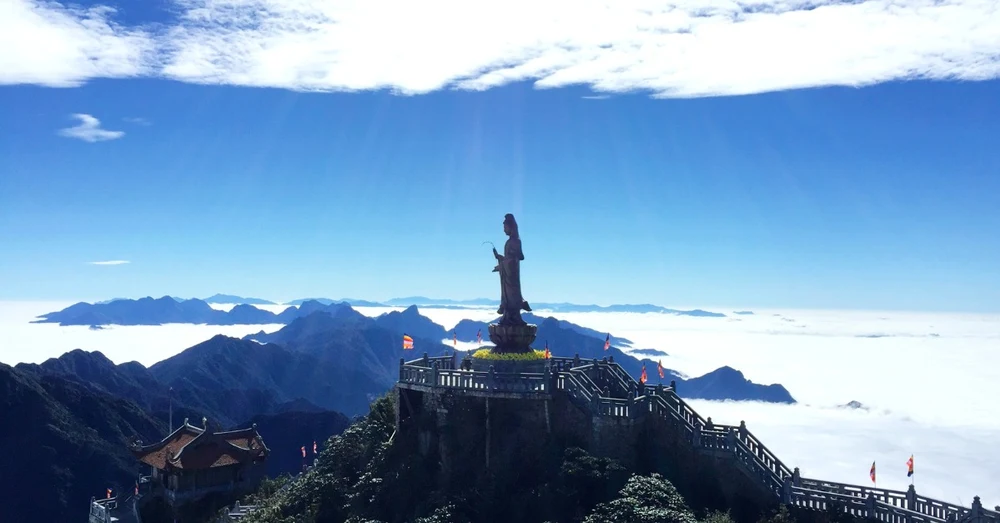
It would be a big mistake not to mention the “treasure box” that the Creator has bestowed on Sapa. With only “fog”, there is Fansipan peak – the roof of Indochina 3,143m high, Hoang Lien Son, Muong Hoa valley, Cat Cat village, Ta Phin, Ta Van …
Sapa Travel Which Season is the Most Beautiful
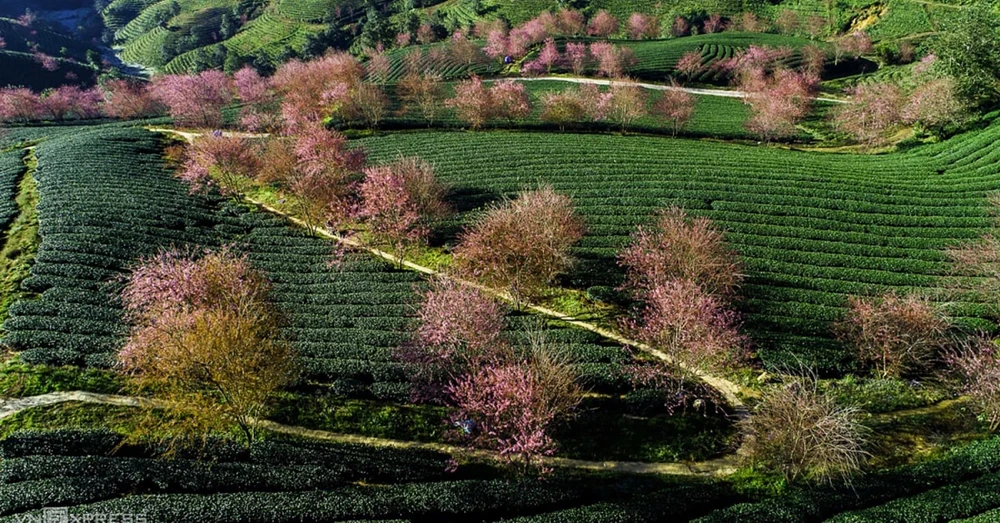
Belonging to the humid and temperate subtropical climate group, the average temperature of only 15 degrees Celsius of Sapa is an interesting experience for Vietnamese people. This is also one of the rare destinations in Vietnam that has all four seasons: spring, summer, autumn and winter. Any time of the year is also an ideal opportunity to travel to Sapa on your own because the natural carpet here often blooms brilliantly, with tens of thousands of hectares of pine forest and countless rare flowers. Most tourists prefer to travel to
Sapa on their own in November or December to admire the panoramic view of Muong Hoa Valley dyed yellow by the colors of canola flowers and buckwheat. If you like the red color of azaleas or climbing roses, you often go to Sapa on your own from February to April.
How to Travel Sapa From Hanoi
Currently, there is no direct flight to Sapa town or Lao Cai, so visitors can only go to Sapa from Hanoi via road or rail.
1. Going to Sapa From Hanoi By Train
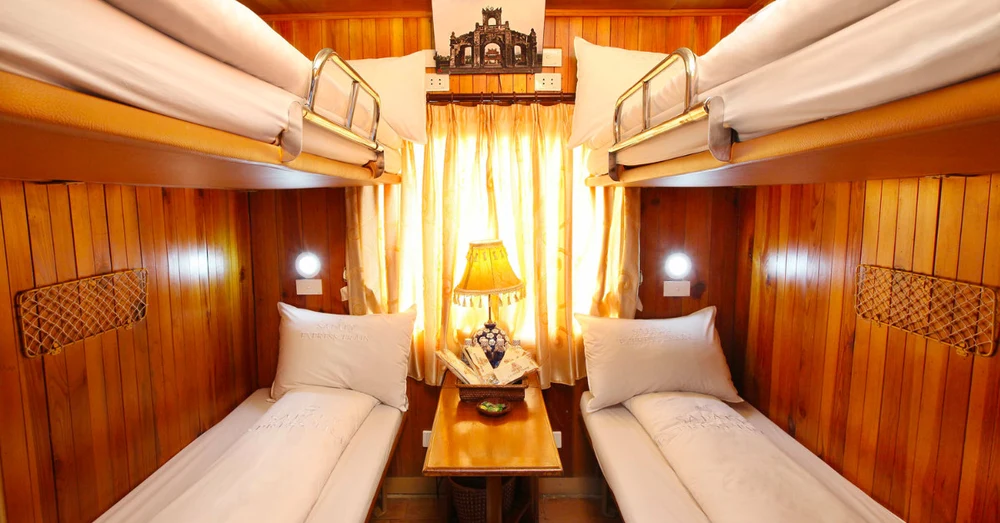
to go to Sapa from Hanoi by train to avoid traffic jams and enjoy sightseeing. There are quite a few train companies operating the Hanoi – Sapa – Hanoi route from popular to high-class, the interior of the train is clean, modern and regularly upgraded to meet the check-in needs of ” virtual life society”. The travel time is about 8:30 am, the cost ranges from 550,000 VND to 700,000 VND/one-way ticket depending on the seat class. If you choose a separate car, the fare can be doubled or tripled; In return, you will have maximum privacy to enjoy the long journey.
Some reputable train companies from Hanoi to Sapa:
- Vietnam Railway Train
- Train Sapaly Express
- Pumpkin ship
- Chapa Express train
- Livitrans Express train
- Oriental Express train
2. Going to Sapa From Hanoi By Bus
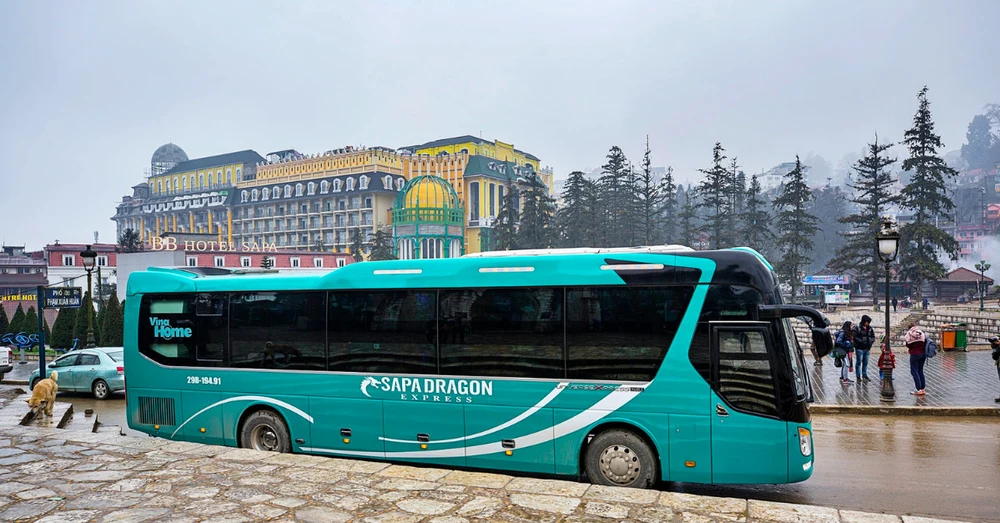
Many people choose to go to Sapa from Hanoi by bus to save time (it only takes about 5 to 6 hours) and enjoy the beautiful shimmering mountain road. The cost is about 400,000 VND to 500,000 VND/round-trip ticket. You should prioritize choosing reputable bus companies such as Green Lion, Inter Bus Lines or Fansipan Express.
Transportation in Sapa
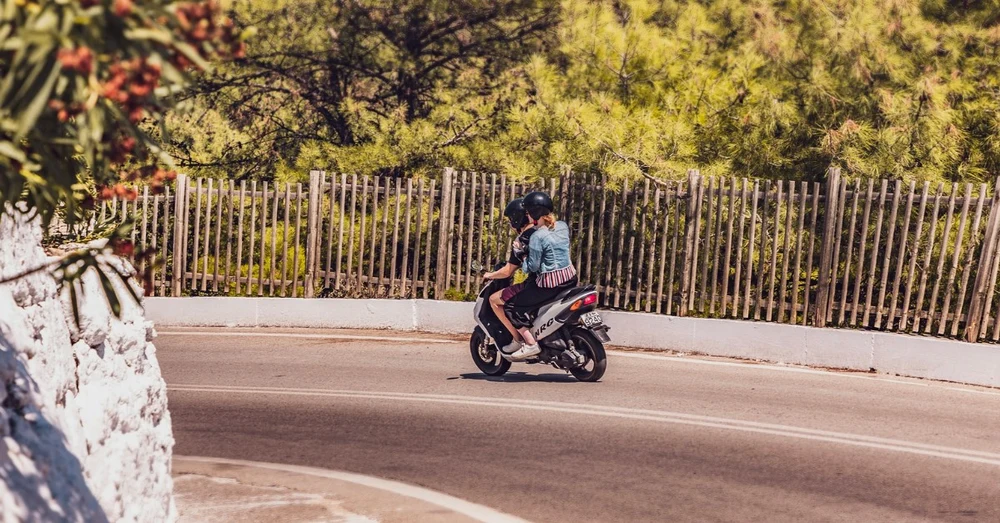
1. By Motorcycle
Want to feel the beauty of Sapa in the most authentic way? So hurry up and rent a motorbike in Sapa to show off your “silk driving” skills on winding roads, breathe in the cool air and watch the scenery along the way change with each height milestone.Sapa town is really small, but to go to famous attractions, visitors have to travel from 2km to 20km; Therefore, riding a motorbike is the preferred option. However, you have to be really confident in your ability to navigate and steering “silk” because the roads in Sapa are quite “difficult” for “novel” drivers.
2. By Taxi
If traveling to Sapa on your own with a family or a group with young children or the elderly, people should consider renting a taxi by day or by leg (one way / round trip). You can contact the driver to negotiate separately to get a reasonable price.
Sapa Tourist Places You Can’t Miss
1. Sun World Fansipan Legend
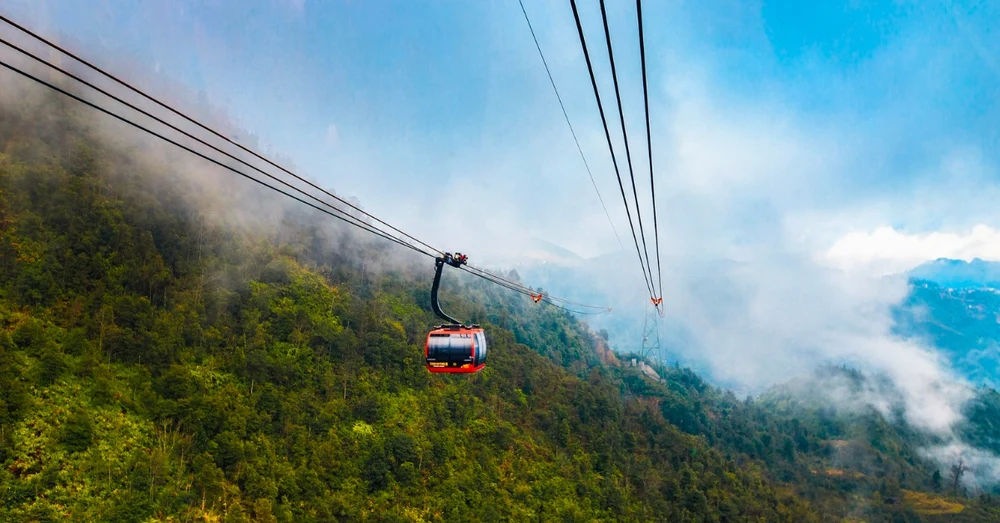
Image source: PixabayLocated at an altitude of 3,143m above sea level,
Sun World Fansipan Legend is one of the most famous multi-functional tourist complexes in Vietnam. When coming here, visitors can fully absorb the poetic and magnificent beauty of Hoang Lien Son mountain range, Muong Hoa valley brilliant in the sun and admire a large-scale spiritual construction complex. A journey at Sun World Fansipan is definitely a memorable cultural, religious, fun and entertainment discovery experience for you and your family.
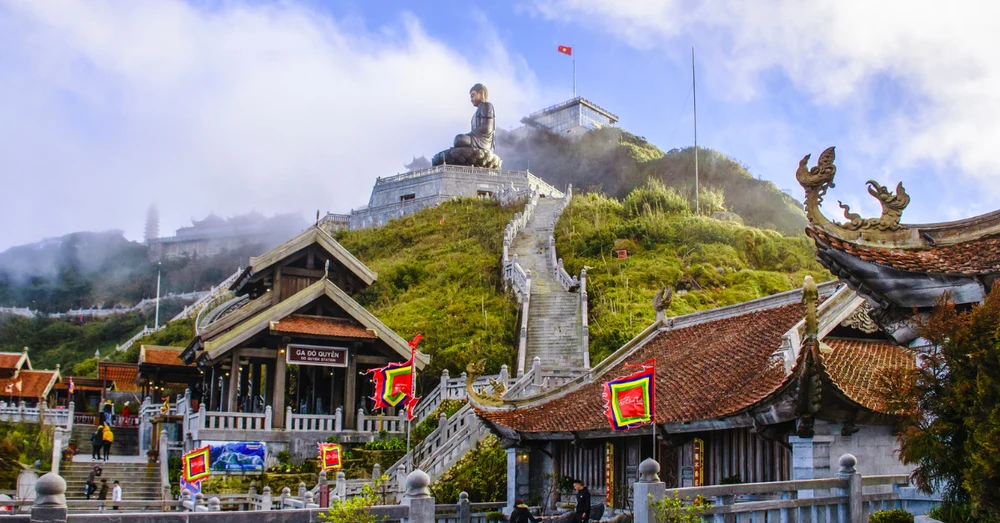
2. Lao Chai village
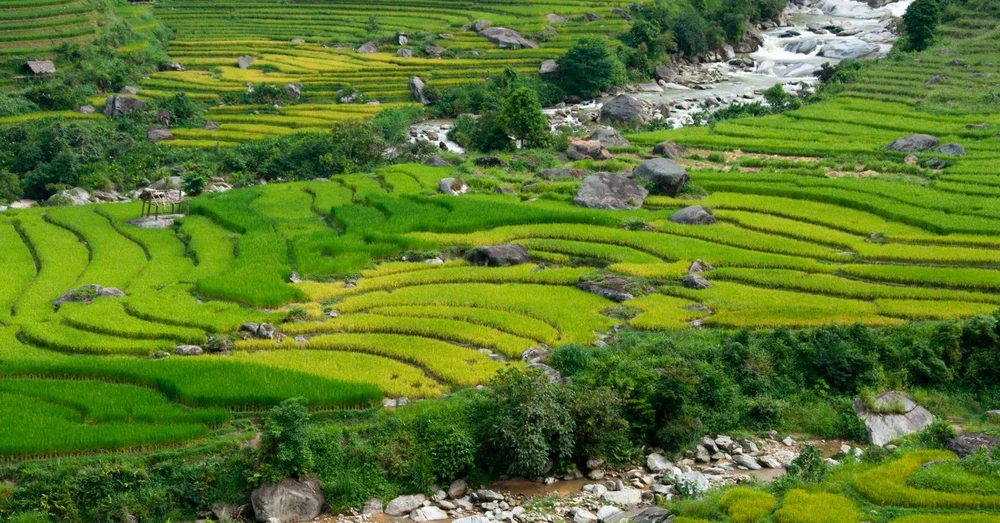
From the center of Sapa town, you go to the Southeast about 8km to reach Lao Chai village – the residence of the Black H’Mong ethnic minority. A cluster of wooden houses with tiled roofs lying precariously on the hillside, nestled between the mountains and forests and facing the winding river – Ban Lao Chai is like a picture of a rustic village coming out of a pictorial. People has the opportunity to better understand the cultural beauty and daily life of local people, when visiting the areas of textiles, markets, livestock and farming.
3. Ta Van
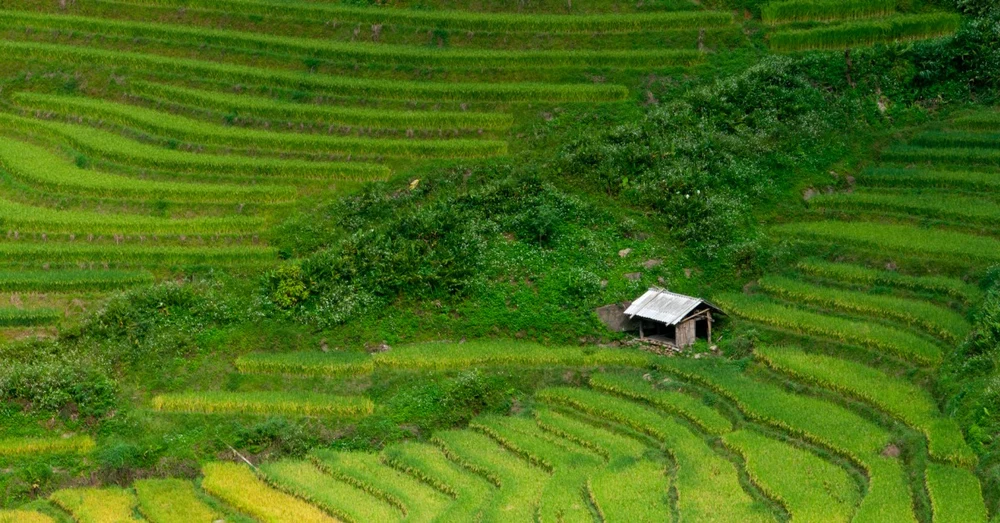
Right next to Ban Lao Chai is a place with an equally strange name – Ta Van village. This place is known to many international tourists thanks to a series of photos taken from above that are brilliant and unreal. In it, Ta Van village appears in the middle of a terraced field stretching with golden color of ripe rice, as if immersed in the cool fragrance of heaven and earth.
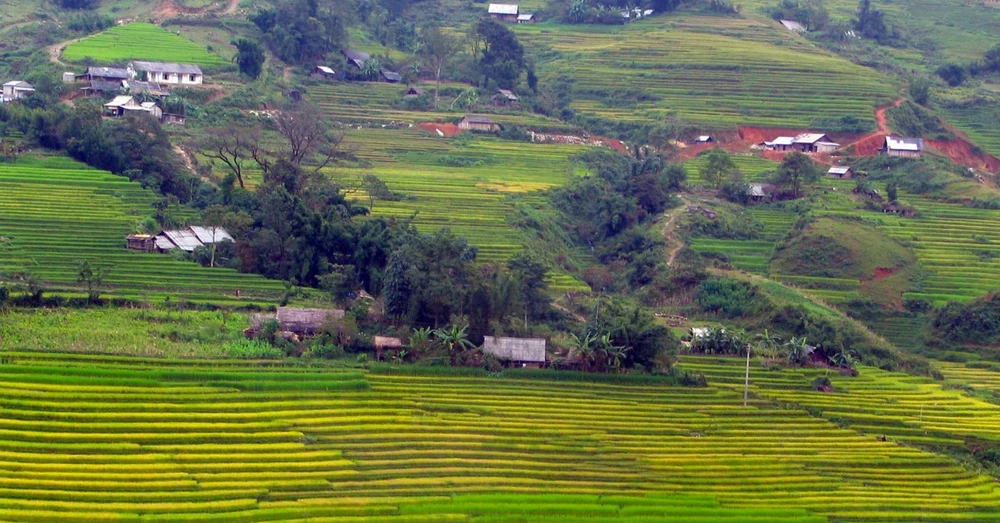
Out of the “virtual world”, Ta Van village is simply the home of the H’mong, Red Dao and Giay people, still very beautiful despite being obscured by layers of fog. There are not many tourist activities here, but the locals are very sociable. You can experience life in thatched cottages, play pranks with ethnic children, relax by the Muong Hoa stream or go to Ta Van Giay ancient village to discover the more existing traditional culture. hundred years of Giay people.
4. Ma Tra and Ta Phin villages
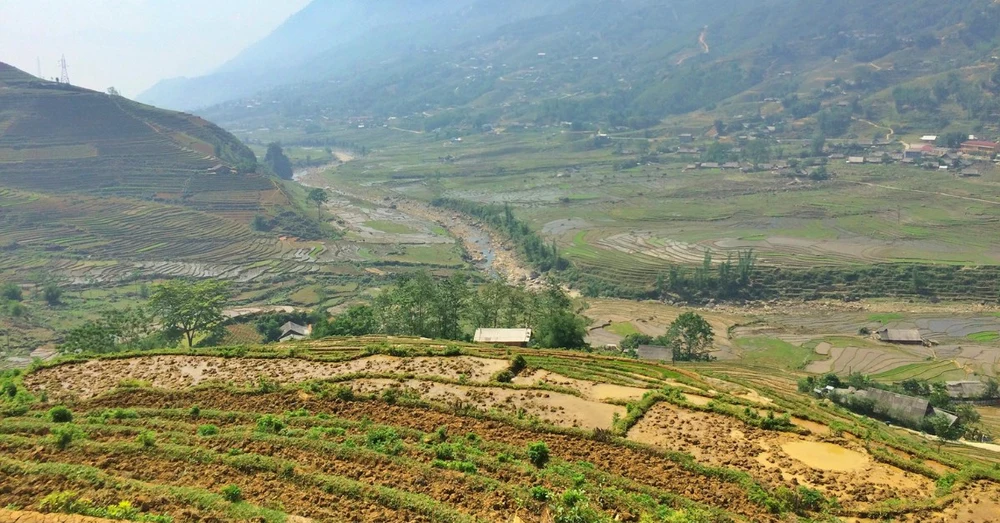
Besides Ban Lao Chai and Ban Ta Van, the journey to Ban Ma Tra and Ban Ta Phin is also on the list of favorites. This is the living place of the Mong and Red Dao ethnic minorities, often “fascinating” tourists with vast green terraced fields, overlapping mountains, and rivers leaning like a soft and gentle silk. embrace the village. At Ma Tra and Ta Phin villages during the festival season, you will have the opportunity to witness many unique traditional practices such as bell dancing, Bai Tram dance, love song, catching baba, Gau Tao festival…
5. Silver Waterfall
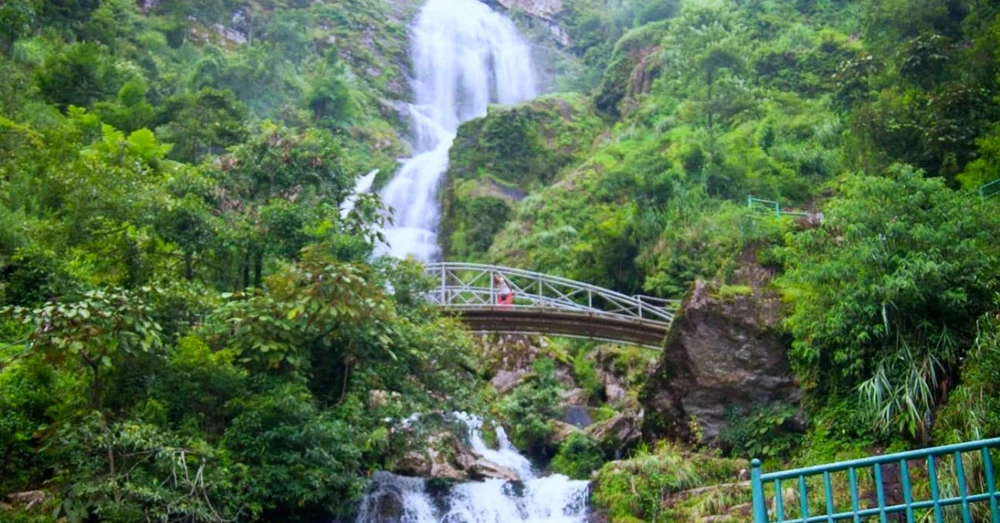
About 12km from the center of Sapa town to the west is Silver Waterfall – a famous scenic spot on the way to Lai Chau. The white waterfall seems to emit smoke, pouring down from a height of 200m, mixing with the sound of the wind to create an impressive sound. The clear stream flowing through O Quy Ho is created from this waterfall.
6. Love Waterfall
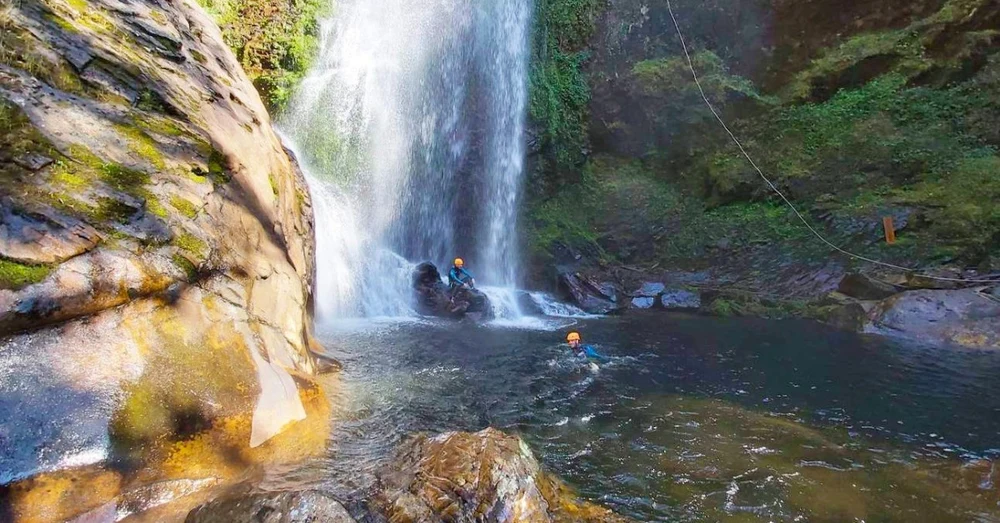
Compared to Silver Waterfall, Silver Waterfall is somewhat more modest in height (only about 100m) but attracts a large number of tourists with a variety of adventure tourism activities. The “photographers” often come here to test their endurance with a rope swing schedule – contraindicated for those who are afraid of heights or weak in physical strength.From a distance, Love Waterfall looks like a giant hat nestled between majestic mountains. The waterfall is located between O Quy Ho pass (3km away) and the town center (4km away) so it is very suitable for people who want to explore many Sapa tourist attractions during the day. Do not forget to spend some time at the foot of the waterfall to see the Golden Stream sparkling in the sun and admire the rich flora and fauna here.
7. Cat Cat village
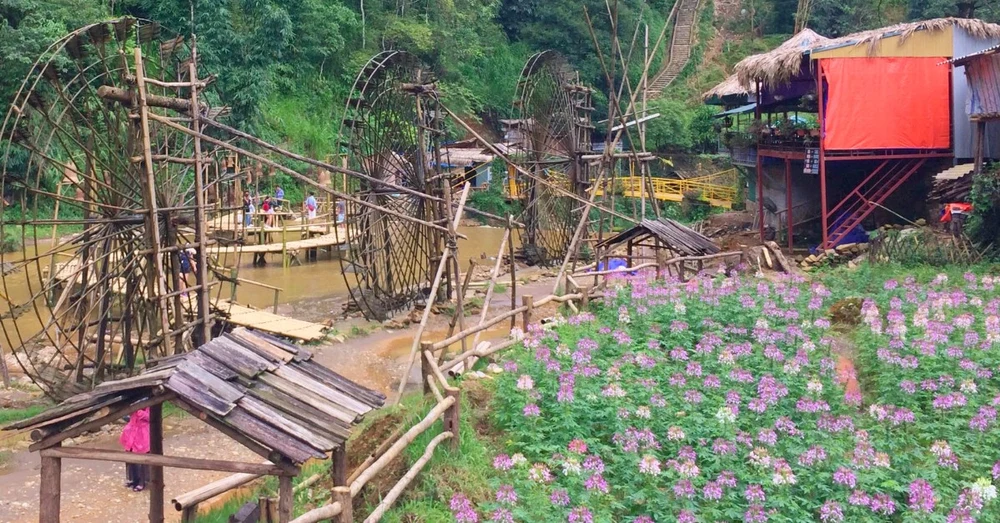
This small village full of vitality collects colorful pieces from the brocade robes of the H’Mong ethnic people, green forests, white clouds… to create a harmonious scene. Each flower, stone has its own story, with charm full of depth. Having the opportunity to visit Cat Cat village , people do not forget to bring home some copper, silver jewelry or brocade costumes as souvenirs. The brocade weaving village here has existed for hundreds of years and is highly appreciated for its creativity and meticulous indigo dyeing techniques.
Where to Stay When Traveling Sapa Self-Sufficient
Not only is the “cradle” of outstanding culture, art, and history, but Sapa town is also home to many high-class resorts, hotels or homestays with new designs and affordable prices. Most places to stay in Sapa possess a blend of tradition and modernity, when European architecture is adorned with handmade fabrics of the H’Mong ethnic people, creating a unique character. in the midst of majestic nature. It is not difficult to find a satisfactory place to stop with “beautiful view” in the mountain town. Here are a few general articles about Sapa hotels , Sapa resorts andSapa homestays.
What to Eat in Sapa? Sapa specialties captivate the hearts of diners
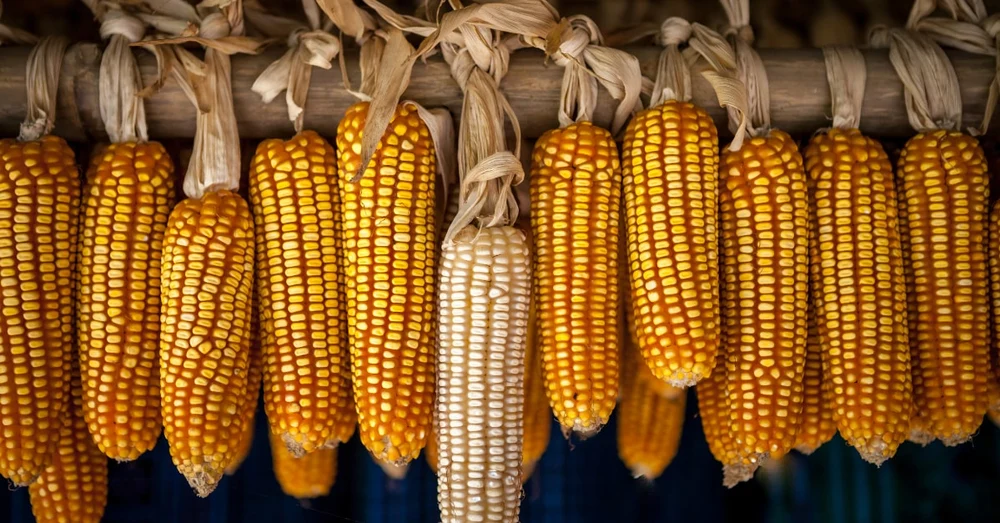
1. Buffalo Meat in Sapa Kitchen
Danger warning: Kitchen buffalo meat is a specialty of Sapa if you don’t eat it, then you will only have to “addiction” after eating it. After being meticulously seasoned with spices, fresh buffalo meat will be smoked until cooked and completely dried by smoke from a wood stove. You need to steam or boil it again and then sip it with water or chop it and squeeze a little more lemon zest. The rich meat flavor mixed with the pungent aroma and sweet aftertaste, truly deserves the title of “human beauty”.
2. Salmon Sapa
Not only the sea, but the highlands like Sapa also owns high-class salmon. Sapa salmon (or fried salmon, rainbow trout) usually lives in low-temperature waters, so the fatty meat is soft but not too fatty, and has an extremely eye-catching red-orange color. No wonder according to the Sapa travel experience shared by many people, everyone said that it is a must to enjoy Sapa salmon hot pot once.
3. Armpit Steal Pork
The armpit pig is a breed of pig raised freely by the Mong ethnic group, although small, it is extremely “shelled”. Each pig under the armpit when grown up weighs only about 6kg. Pork is firm with alternating lean and fat, when grilled over embers, it is so delicious that no pen can describe it. Remember to drink apple cider when eating pork underarms to make the joy more complete.
